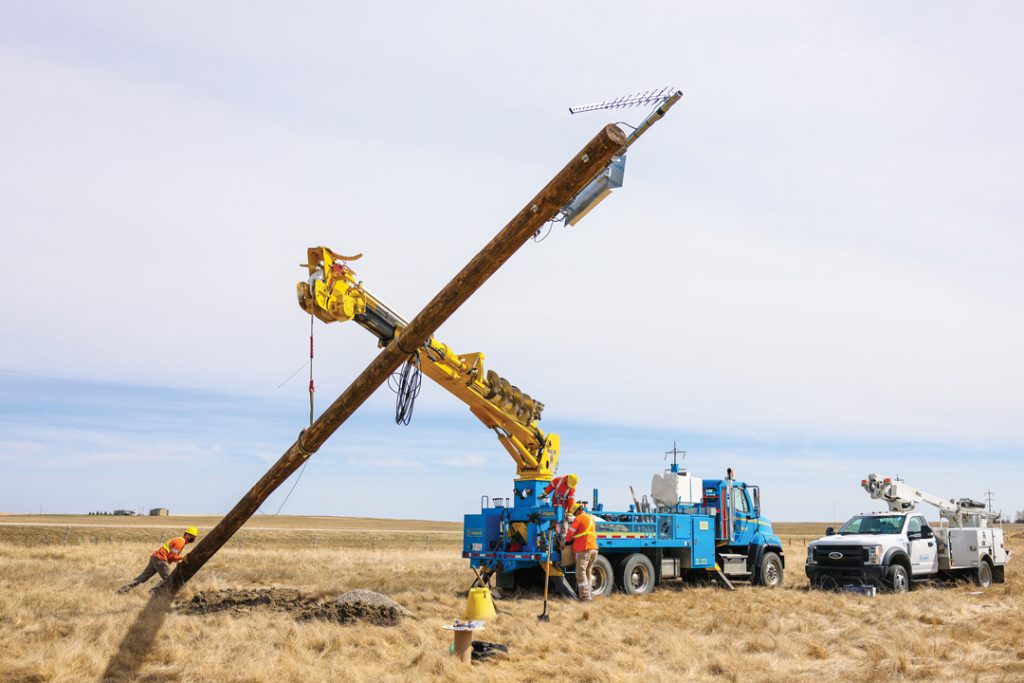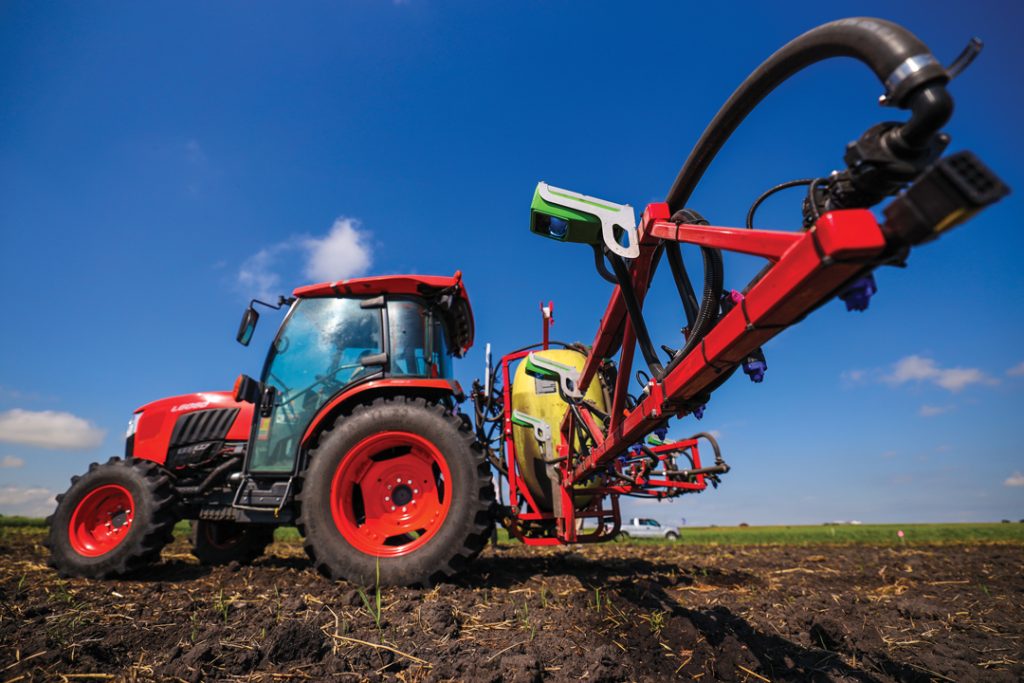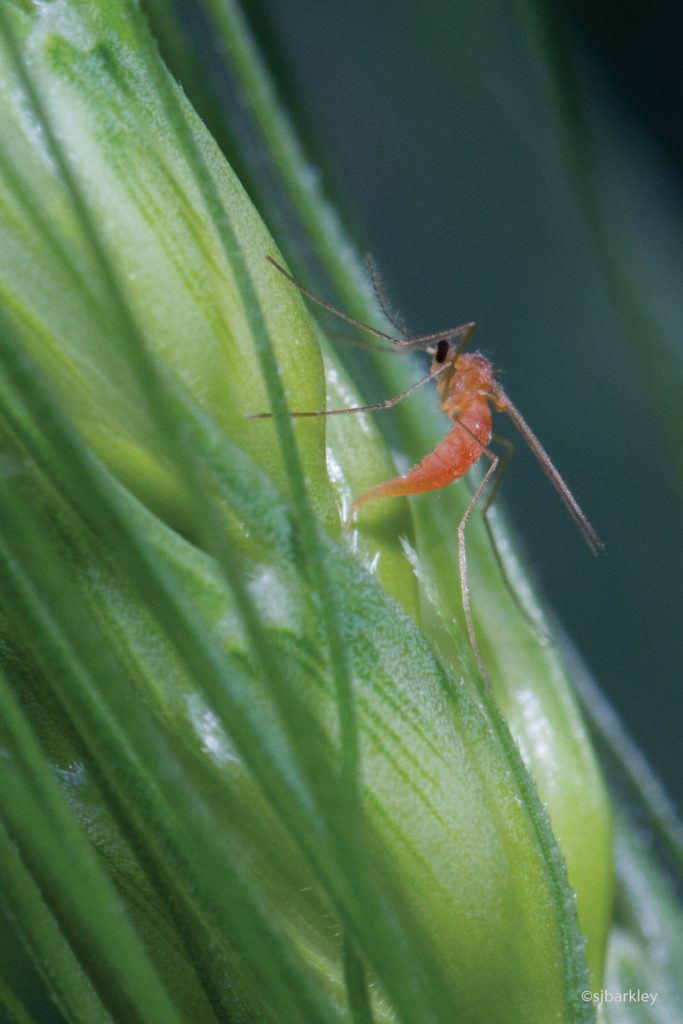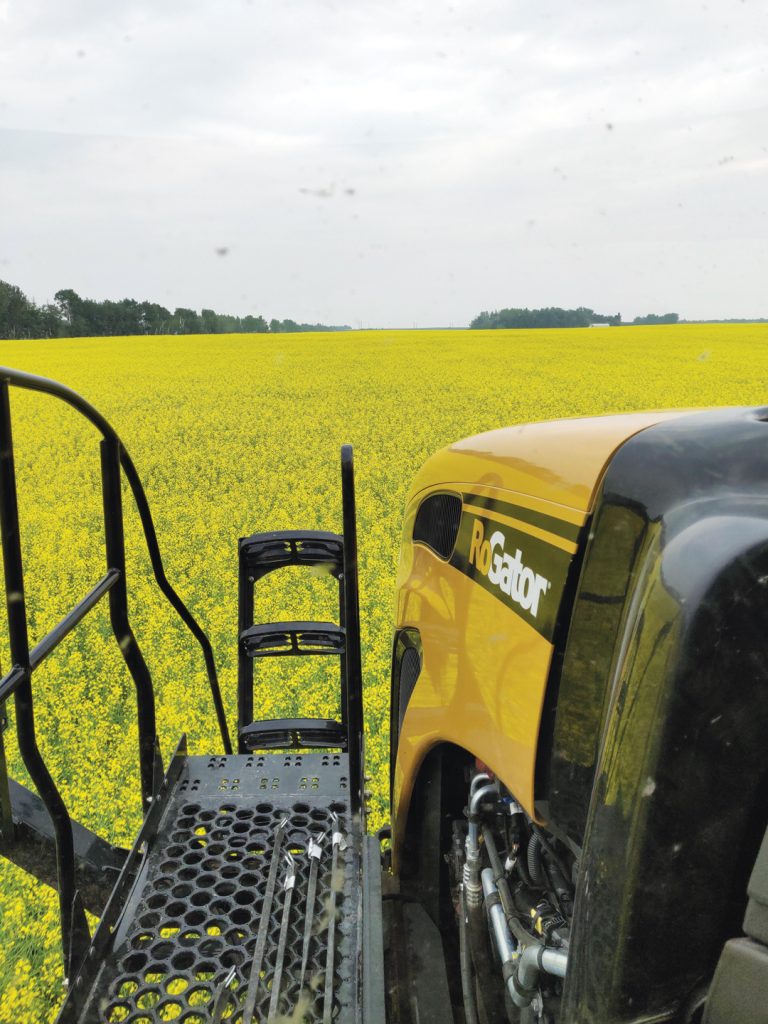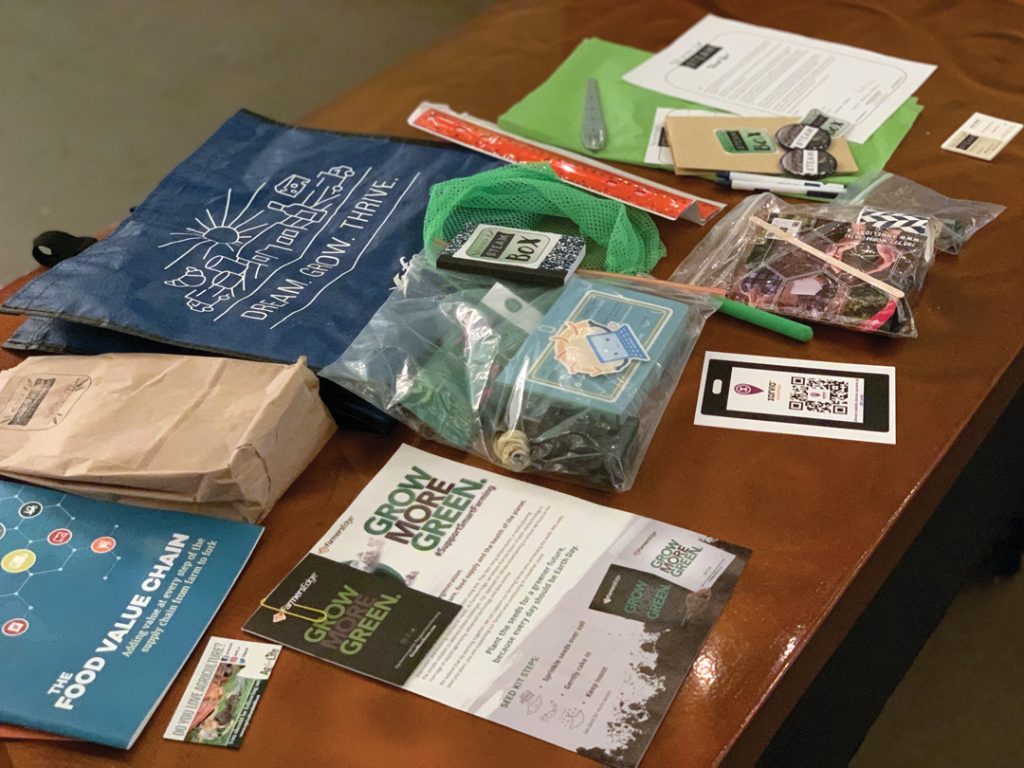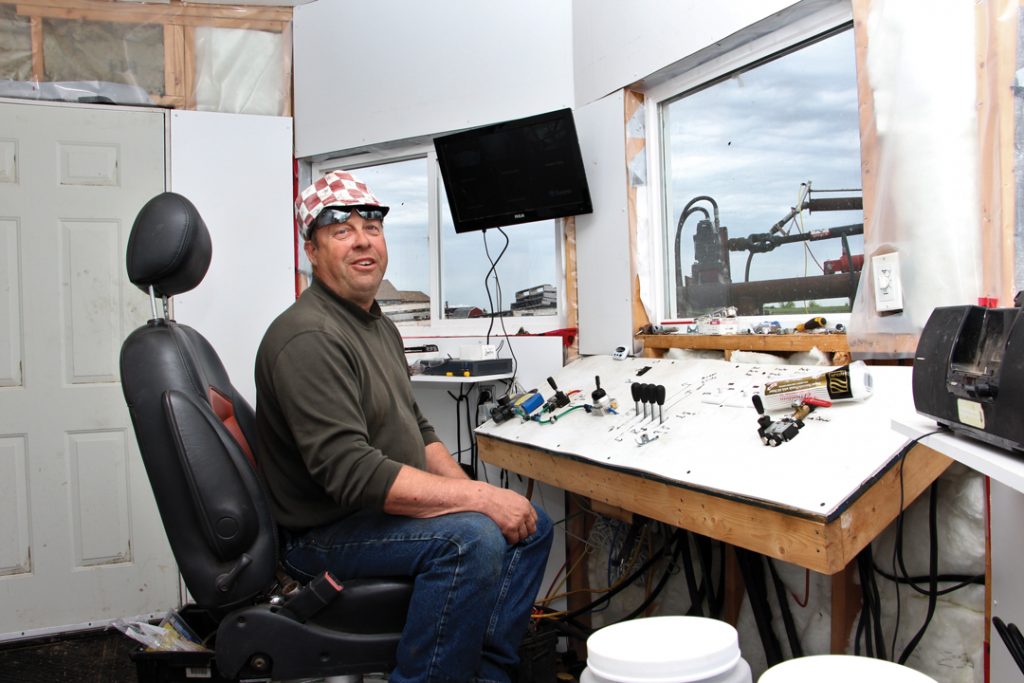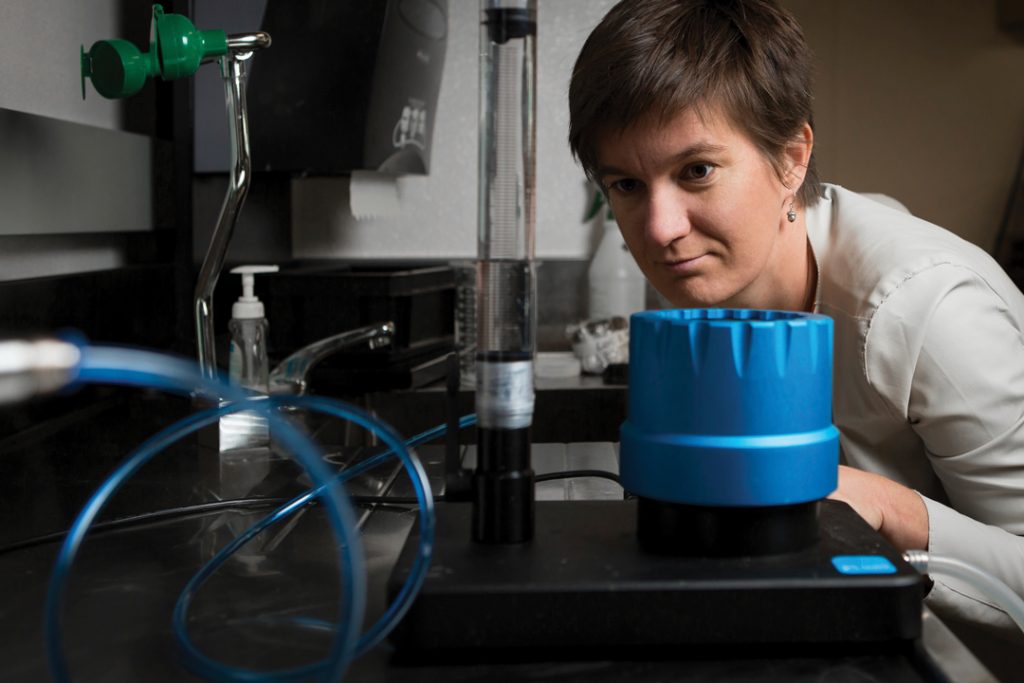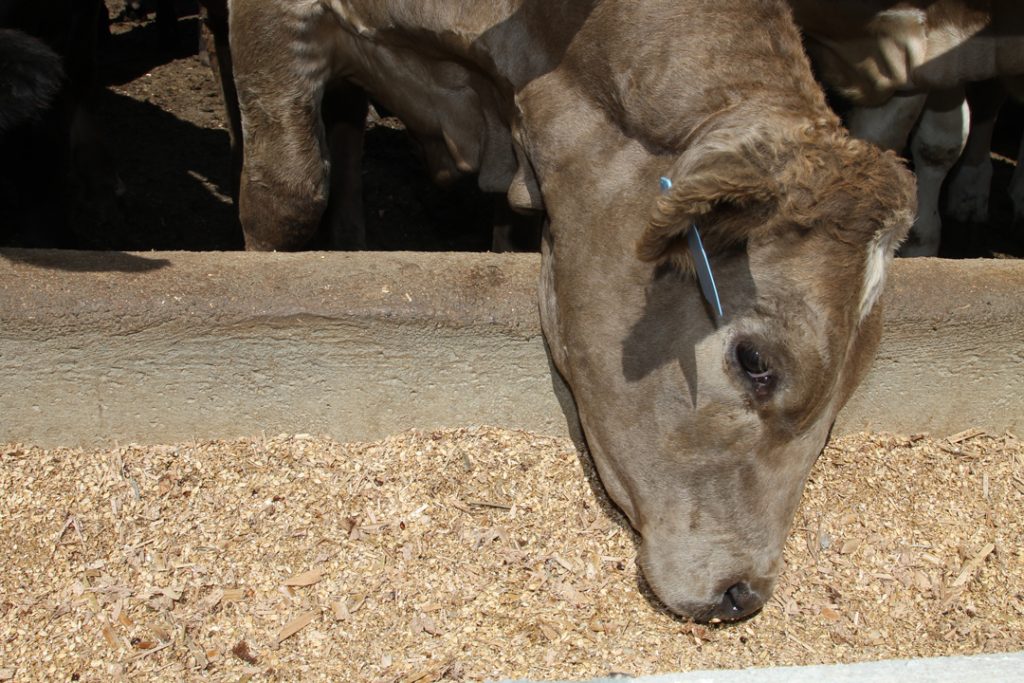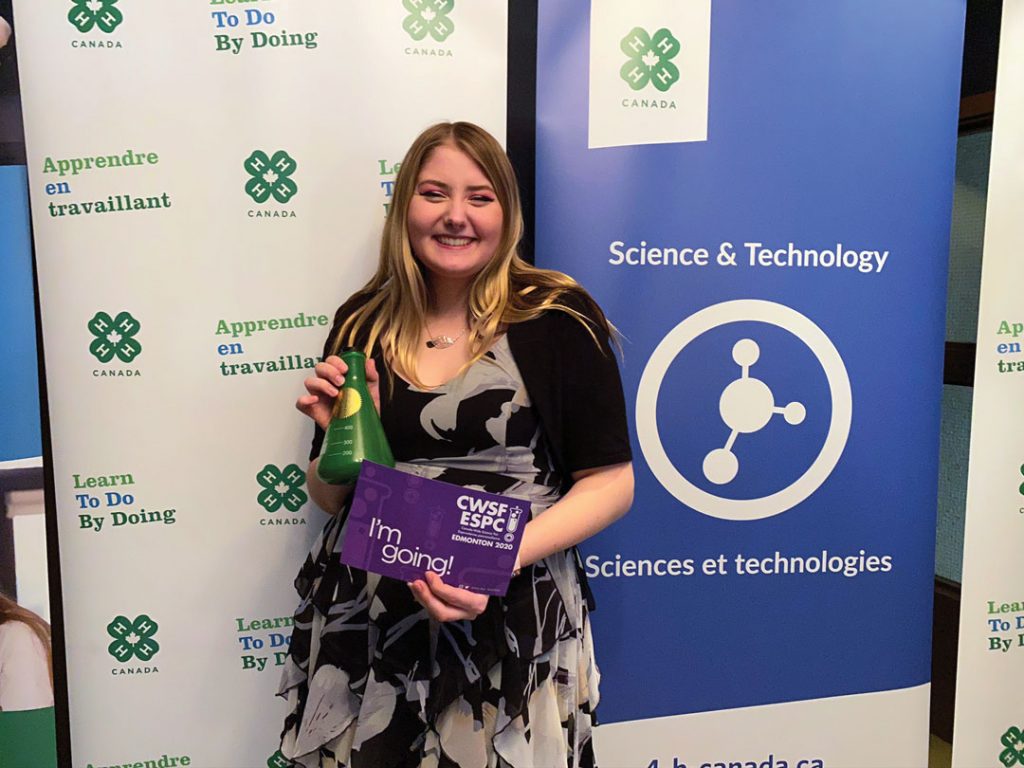COVERAGE COMPARISON
Rural regions across the Prairies have long suffered from poor basic network and cellphone coverage. However, as farmers continue to ramp up their use of smart ag technology, the need for quality internet connection becomes more crucial, and the lack of connectivity becomes more frustrating.




